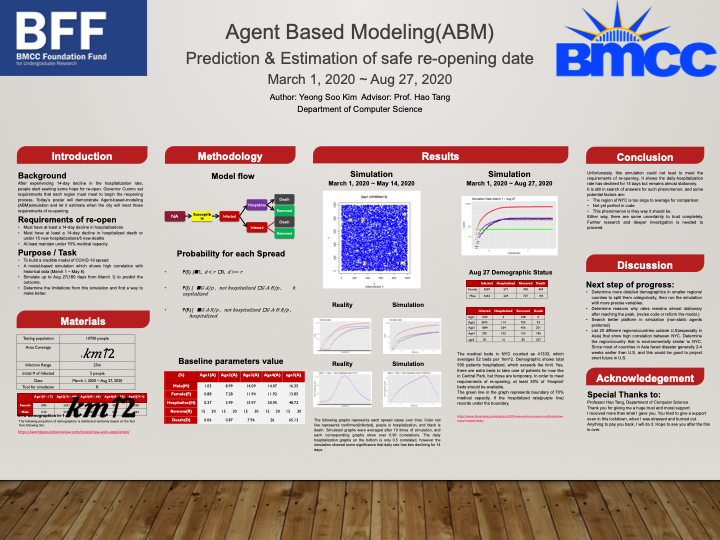Name: Cary Wang, Yuming Liu,
Mentor: Dr. Marjan Persuh
Abstract: The perception of brightness is fundamental for human vision. Previous work suggests that rapid motor responses, as opposed to visual perception, are driven by local contrast and not by perceived brightness. We explored this suggestion with White’s illusion, in which local contrast and perceived brightness move in opposite directions. Participants made speeded responses to a pair of rectangular target stimuli on a neutral background, which differed in luminance. To determine whether motor responses to targets were influenced by local contrast or perceived brightness, we briefly presented a pair of primes, which preceded and flanked the targets. Primes were gray bars located within an array of alternating black and white bars (White’s illusion). When presented on black bars and surrounded by white bars, the gray bars appeared brighter than identical bars presented on white bars, although local contrast pointed in the opposite direction. Our results showed that motor responses to targets were systematically influenced by the perceived brightness of primes and not by the local contrast. We then manipulated the luminance of primes to increase the local contrast. Despite having a stronger contrast in the opposite direction, primes affected responses to targets based on perceived brightness. Our results demonstrate that even during the fast motor responses, which some have suggested depend on unconscious processing, our visual systems rapidly extract perceptual qualities.
CNS-Poster-Draft-15-Cary-Wang


